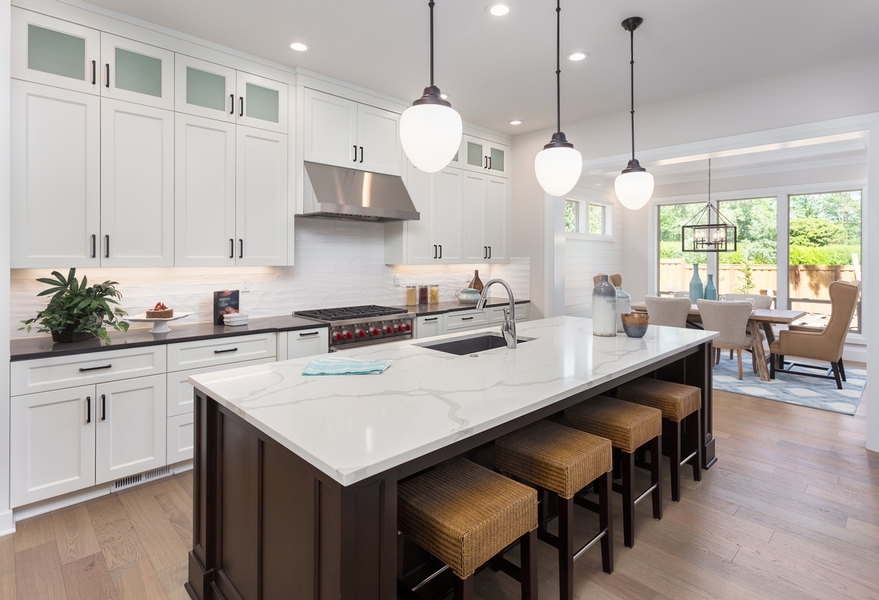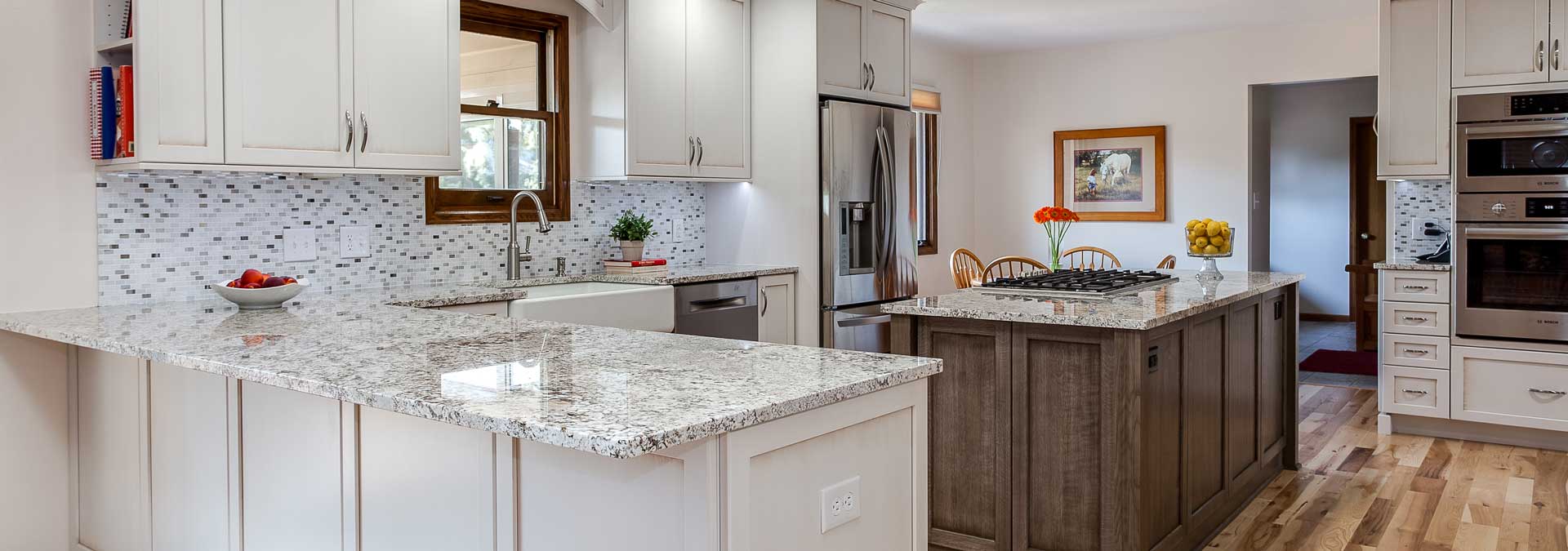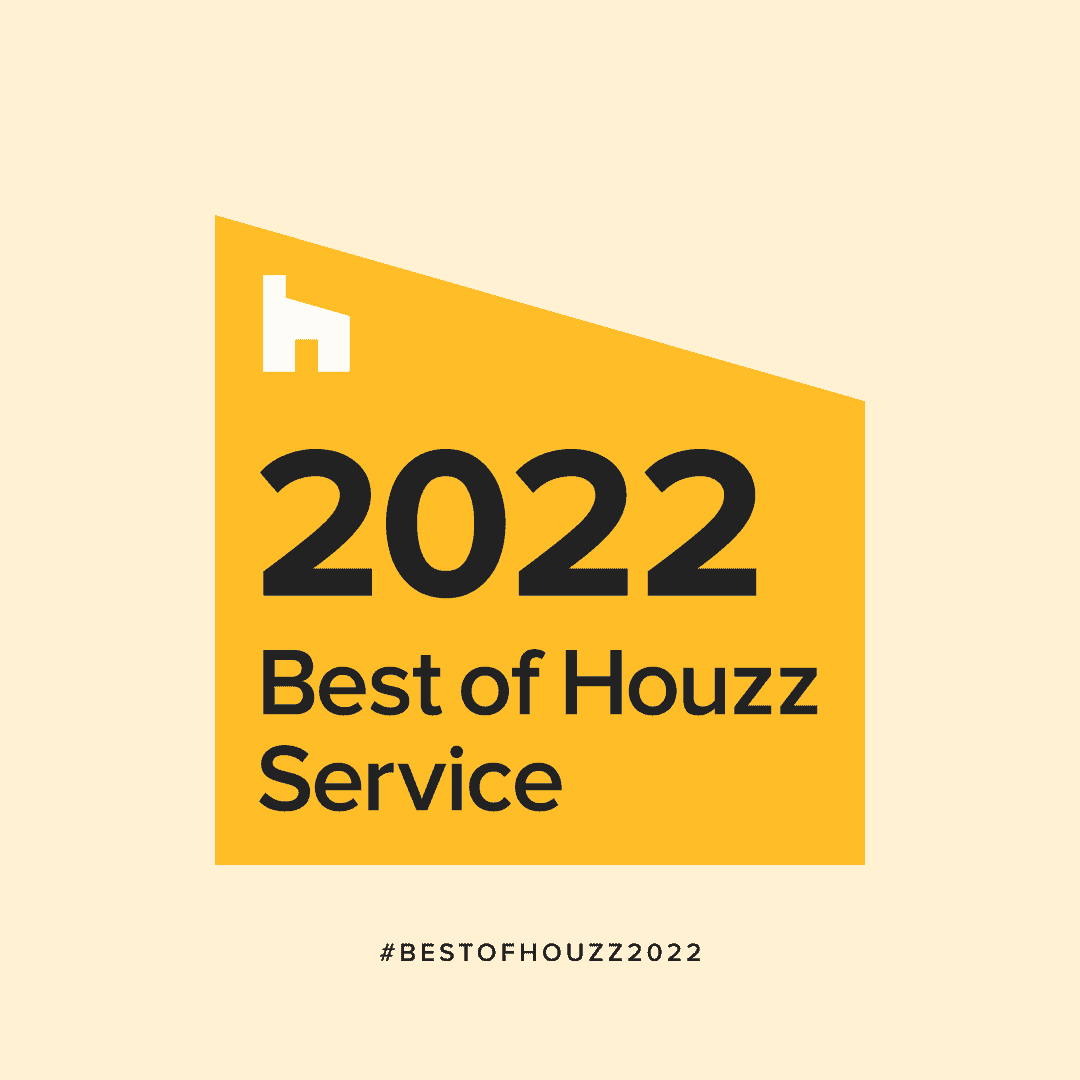It’s common for homeowners in Colorado to spend six months or longer researching before making an appointment to visit our showroom to discuss creating the kitchen of their dreams. Often, however, all of the prep work leaves homeowners along the front range of Colorado with more questions than answers and not having a firm grasp on where and how to begin the process of creating their dream kitchen.

The kitchen is the epicenter of any home, but the way that the kitchen is used varies greatly among homeowners in the Denver metro area. A good starting point is to determine who will use your kitchen and how — will you use the space to prepare meals, entertain friends and family, etc.? What other activities will take place in your kitchen? Does your kitchen double as a home office or place for remote learning or homework? Listing all of the uses and users will help you determine your priorities and budget and provide the information your designer needs to meet your functionality requirements.
The size of your space is another critical factor.
Take pictures of your existing space. Also, it’s helpful if you measure the length, width, and height and bring those figures with you to the showroom. Quality designers will always re-measure the space in order to assure accuracy once you decide to move forward with a project. Additionally, if you have a copy of the original kitchen plans, bring those with you to the showroom as well. Bringing dimensions with you to a showroom enables designers to determine if an island, one of the most requested kitchen features, is possible. If space is at a premium, a peninsula might be a fallback.
Another important consideration is traffic flow. Your new kitchen should make it easier to prepare meals, eat, clean up and navigate through the room without bumping into things or others. If you currently bump into other family members while in the kitchen, let your designer know.
Make another list identifying all of the things that you want to store in your kitchen and note the approximate sizes of those items. A well-designed kitchen is an organized kitchen. Most homeowners in Colorado appreciate clean, clutter-free countertops. When a designer knows the utensils, cutlery, plates, pots, pans, books, computers, small appliances, etc. that you want at your fingertips they can develop the right storage solutions for your project.

Think about how you want the new space to feel. What are your favorite colors and styles? Do you prefer to make big bold statements or lean towards more serene environments? Create idea books on Pinterest or Houzz.com and include photos of and information about the appliances, faucets, sinks, lighting fixtures, cabinets, door hardware, tile, granite, stone or other materials you would like to use in your new kitchen. Once your designer knows your preferences, he or she can develop the solutions that meet your needs, preferences and budget.
Let your designer know what you like and would like to change about your existing space. If your space is too small, your designer may look to open up the kitchen to create more space. Adding windows or doors that allow natural light can change the look and feel of a room. An experienced designer will know how to incorporate your preferences and achieve the functionality you desire.
Don’t be afraid to have a budget in mind.
Most clients are reticent to talk about budgets upfront. Sometimes budgets are realistic and other times they are not. What you see on home improvement television shows rarely reflects the real world. On television, they don’t account for the cost of labor, and labor is typically 30 percent of the cost of a new kitchen and 70 percent of the cost of a new bath. A good rule of thumb is to budget 10 to 20 percent of the value of your home for your new kitchen. The range will depend on the scope of the renovation, the size of the space, and the materials selected. Sharing your budget with your designer helps to set the tone, saves time, and reduces the likelihood of the unexpected.
Also, consider how involved you want to be in your project. Do you want to be involved in every detail or would you prefer to rely on your designer to develop solutions for your review and approval? Either option is fine, but to help your designer save you time and energy, communicate this information upfront.
Action Items to That Help Save Time and Provide the Place to Start Creating Your Dream Kitchen:
- Jot down who will use the kitchen and for what purposes.
- Measure the space (length, width and height).
- Take photos and videos of the kitchen and locate plans if you have them.
- Write down what you like about the space and what you want to change.
- Make a list of cookware, small appliances, cutlery, plates, cups, saucers, bowls and other items that you want to store in your kitchen.
- Create idea books on Pinterest, Instagram or Houzz.com identifying products and styles that you like.
- Have an idea of how much you want to spend on your kitchen and what your priorities are. Every new kitchen involves give and take.
- Determine how involved you want to be in the project.
How else can you arrive at the right place to start your new dream kitchen? Give us a call!




















